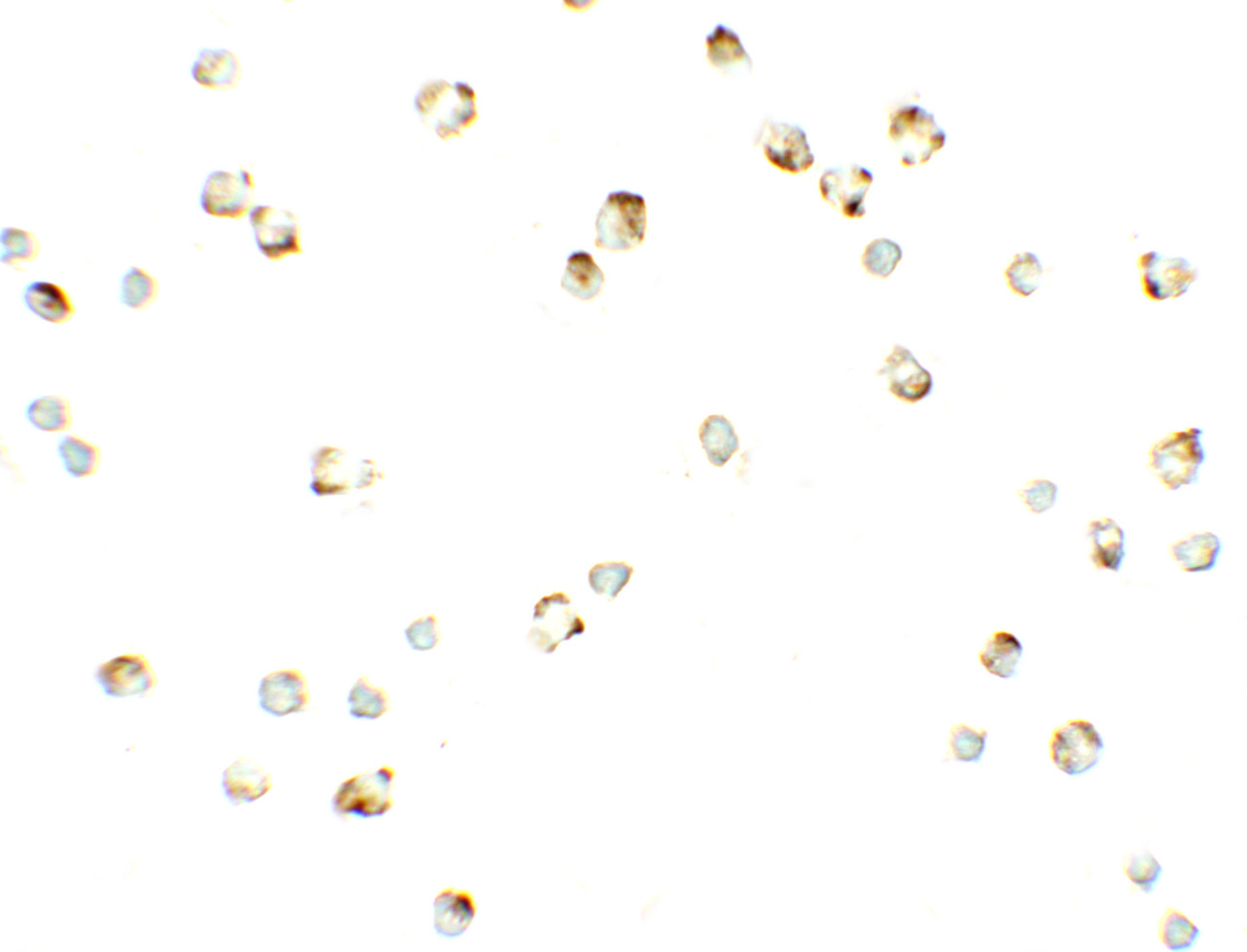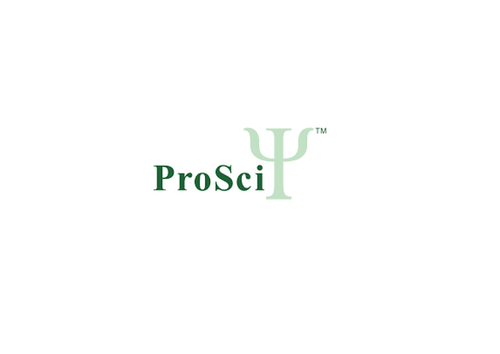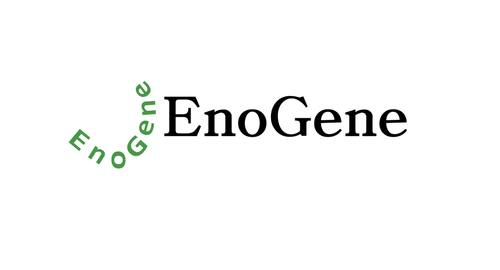Product Description
PROM1 Antibody | 7783 | ProSci
Host: Rabbit
Reactivity: Human, Mouse, Rat
Homology: N/A
Immunogen: PROM1 antibody was raised against an 18 amino acid peptide near the carboxy terminus of human PROM1.
The immunogen is located within the last 50 amino acids of PROM1.
Research Area: Stem Cell, Cancer
Tested Application: E, WB, ICC, IF
Application: PROM1 antibody can be used for detection of PROM1 by Western blot at 1 - 2 μg/ml. Antibody can also be used for Immunocytochemistry at 2.5 μg/mL. For Immunoflorescence start at 20 μg/mL.
Antibody validated: Western Blot in human samples; Immunocytochemistry in human samples and Immunofluorescence in human samples. All other applications and species not yet tested.
Specificiy: PROM1 antibody is human, mouse and rat reactive. Multiple isoforms of PROM1 are known to exist.
Positive Control 1: Cat. No. 1205 - Jurkat Cell Lysate
Positive Control 2: Cat. No. 17-005 - Jurkat Cell Slide
Positive Control 3: N/A
Positive Control 4: N/A
Positive Control 5: N/A
Positive Control 6: N/A
Molecular Weight: Predicted: 95 kDa
Observed: 97 kDa
Validation: N/A
Isoform: N/A
Purification: PROM1 antibody is affinity chromatography purified via peptide column.
Clonality: Polyclonal
Clone: N/A
Isotype: IgG
Conjugate: Unconjugated
Physical State: Liquid
Buffer: PROM1 Antibody is supplied in PBS containing 0.02% sodium azide.
Concentration: 1 mg/mL
Storage Condition: PROM1 antibody can be stored at 4˚C for three months and -20˚C, stable for up to one year.
Alternate Name: PROM1 Antibody: RP41, AC133, CD133, MCDR2, STGD4, CORD12, PROML1, MSTP061, Prominin-1, Antigen AC133
User Note: Optimal dilutions for each application to be determined by the researcher.
BACKGROUND: PROM1 is a pentaspan transmembrane glycoprotein that localizes to membrane protrusions and is often expressed on adult stem cells, where it is thought to function in maintaining stem cell properties by suppressing differentiation (1) . Mutations in this gene have been shown to result in retinitis pigmentosa (2) . Expression of this gene is also associated with several types of cancer (3) .
 Euro
Euro
 USD
USD
 British Pound
British Pound
 NULL
NULL
















